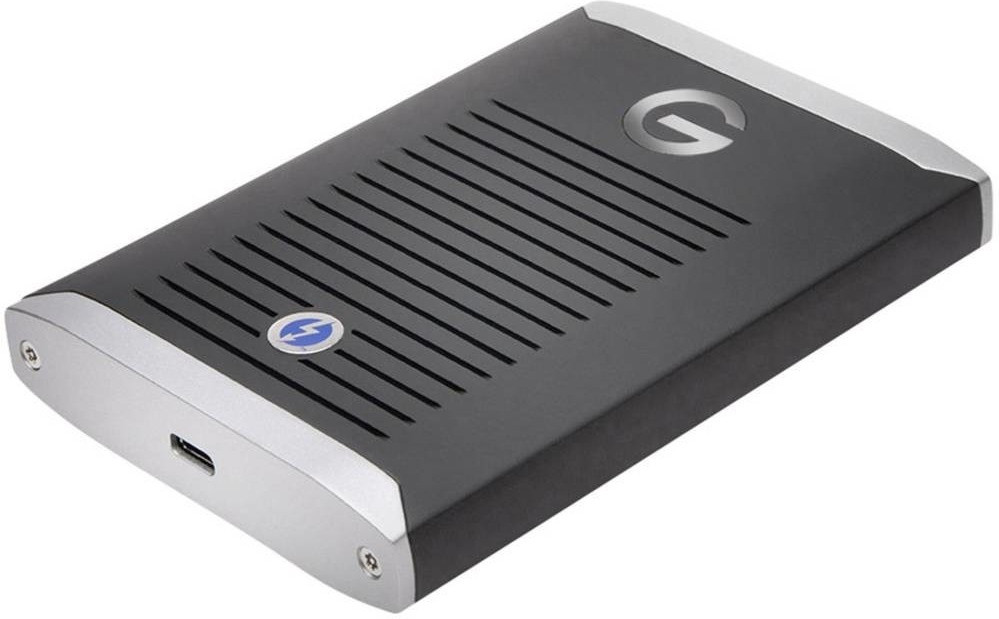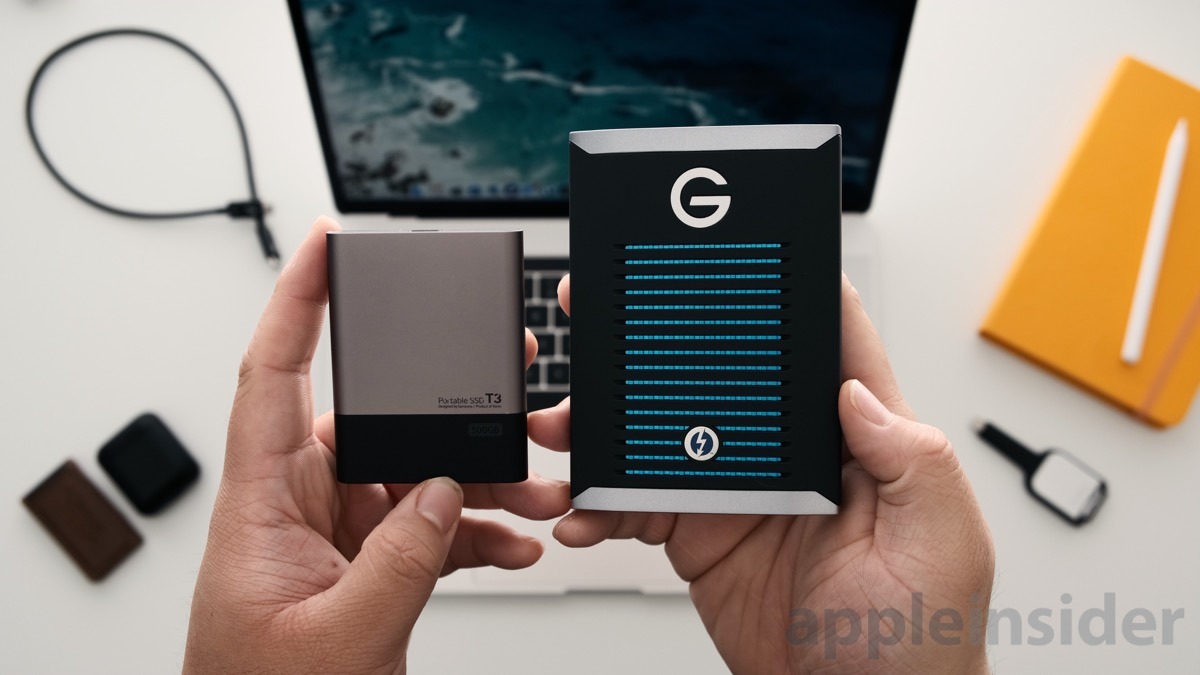


The table below presents a comparative view of the specifications of the two portable SSDs presented in this review. The unit is significantly lighter, and the form-factor is much more compact compared to the ArmorLock SSD.
#G DRIVE PRO SSD BLUETOOTH#
On the other hand, the G-DRIVE SSD eschews the Bluetooth feature while retaining hardware encryption using the SanDisk Secure application. It is targeted towards use-cases where data protection and security are important enough without the need for a FIPS-certified drive.
#G DRIVE PRO SSD MAC OS#
The ArmorLock SSD is meant to be an always-encrypted SSD with seamless unlocking via Bluetooth (using either an iOS or Android app, or a Mac OS app). Despite sporting the same USB 3.2 Gen 2 (10Gbps) upstream Type-C interface, they are meant for completely different use-cases. Today's review takes a look at the G-DRIVE SSD and the G-DRIVE ArmorLock SSD. Within the SSD-based G-DRIVE family, the company has three products: The G-DRIVE lineup of drives from SanDisk Professional consists of both hard disk drives (for capacity-conscious consumers) and flash-based SSDs (for applications where performance is more important). While Thunderbolt continues to be perched at the high end, USB 3.2 Gen 2 (with its 10Gbps data rate) has emerged as the de-facto standard for most USB ports in modern systems. Portable flash-based storage devices have grown in popularity, thanks to the advances in NAND technology as well as the rapid adoption of high-speed interfaces over the last decade. The G-DRIVE ArmorLock SSD is the same as the G-Technology model introduced last year, except for a significant reduction in price and additional capacity points.

In the process of transitioning from G-Technology to SanDisk Professional, the G-DRIVE SSD has received a new updated thermal design with an aluminum core, slightly increased speeds, and password-enabled encryption. Today's review takes a look at the G-DRIVE SSD and G-DRIVE ArmorLock SSD - two bus-powered portable SSDs with a USB 3.2 Gen 2 interface that target very different use-cases. The G-DRIVE family represents the lineup of single-disk direct-attached storage units from G-Technology / SanDisk Professional. The SanDisk Professional brand was introduced in a bid to expand upon the popularity of these while also adding new products targeting prosumers and production houses. Originally sold under the G-Technology tag, these portable direct-attached storage (DAS) products and multi-HDD RAID enclosures had a strong foothold in multimedia production circles. Western Digital introduced the SanDisk Professional branding in May 2021 for its products targeting the content-capture market.


 0 kommentar(er)
0 kommentar(er)
